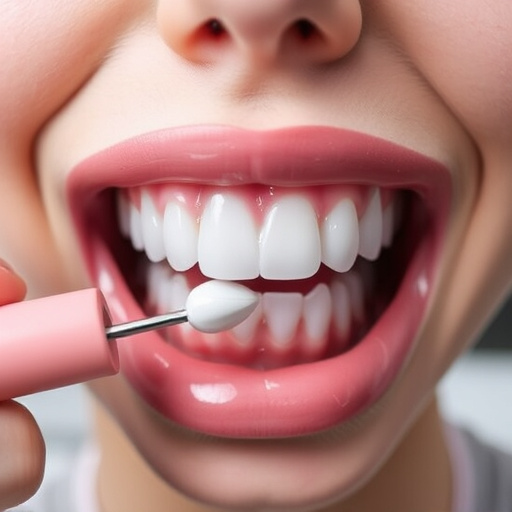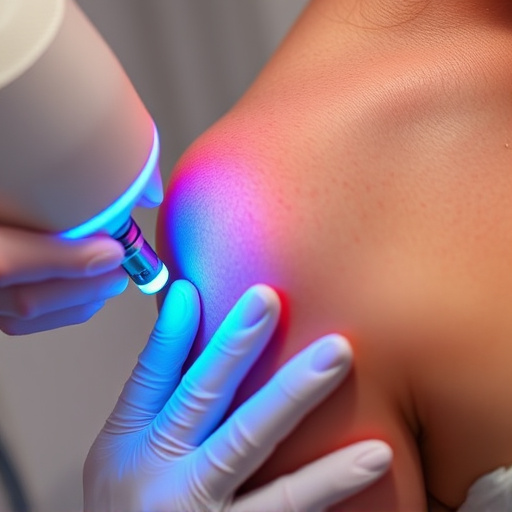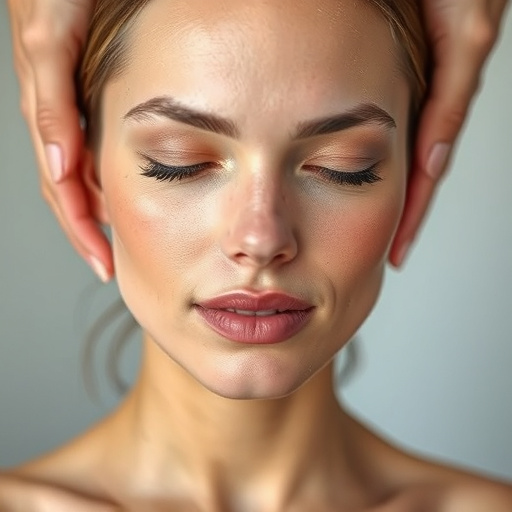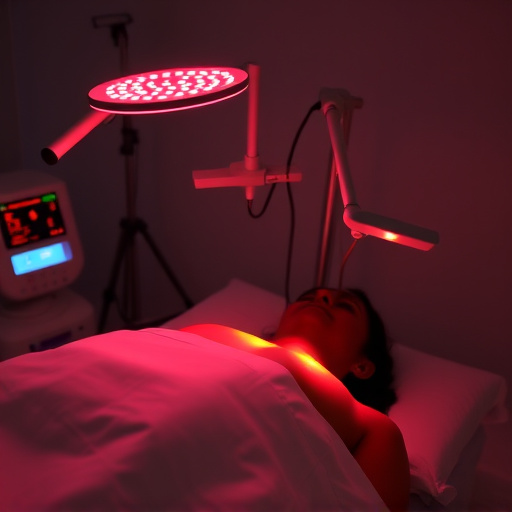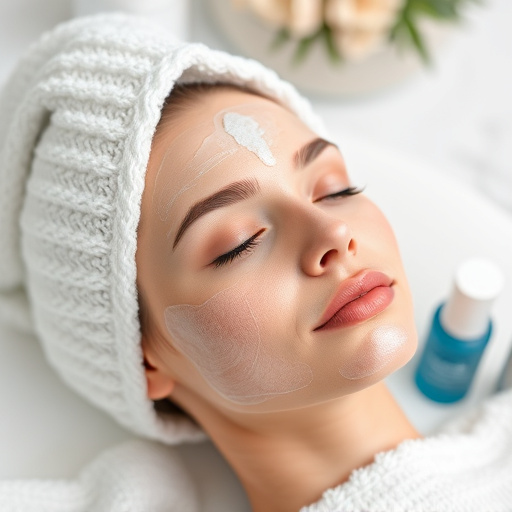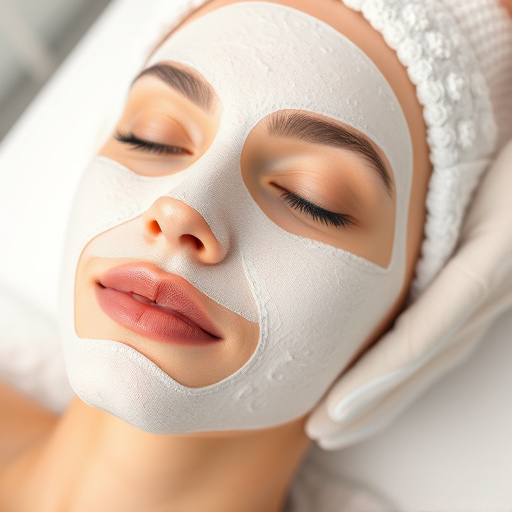Acne scars result from skin inflammation damaging collagen and elastin fibers, leading to various types such as atrophic, hypertrophic/keloid, surgical, or depressed. Severity and type dictate treatment: medical spa services for atrophic scars, laser therapy or steroid injections for keloids. Topical treatments like retinoids and AHAs, along with professional skincare routines, offer effective solutions. Non-invasive procedures such as microneedling and chemical peels are gaining popularity for safer alternatives, promoting collagen production and skin elasticity. Tailored combinations provide comprehensive acne scar treatment for diverse skin types and severity levels.
Acne scars can leave a lasting impact on your skin and self-confidence. But with the right approach, you can achieve smoother, more even skin. In this article, we’ll guide you through effective acne scar treatment options approved by dermatologists. From understanding scar formation and identifying types to exploring topical treatments and non-invasive procedures, discover expert-backed strategies for minimizing scars and reclaiming your clear, confident complexion.
- Understanding Acne Scar Formation and Types
- Dermatologist-Recommended Topical Treatments
- Non-Invasive Procedures for Effective Scar Reduction
Understanding Acne Scar Formation and Types

Acne scars form when inflammation damages the collagen and elastin fibres in the skin, leading to indentations or raised marks on its surface. There are several types of acne scars, each with unique characteristics: atrophic scars, which include pit scars and boxcar scars, result from the loss of tissue; hypertrophic or keloid scars are raised, red, and often painful; and surgical or depressed scars are caused by an overgrowth of scar tissue, leaving a flat but discoloured area. Understanding these variations is crucial when considering the most effective acne scar treatment.
The severity and type of scar determine the appropriate approach to treatment. Medical spa services, such as customized facials and chemical peels, can stimulate collagen production and improve skin texture for atrophic scars. For keloid or hypertrophic scars, targeted treatments like laser therapy or steroid injections might be recommended. Each method offers a unique advantage, and consulting with a dermatologist is essential to identify the best course of action for individual cases.
Dermatologist-Recommended Topical Treatments
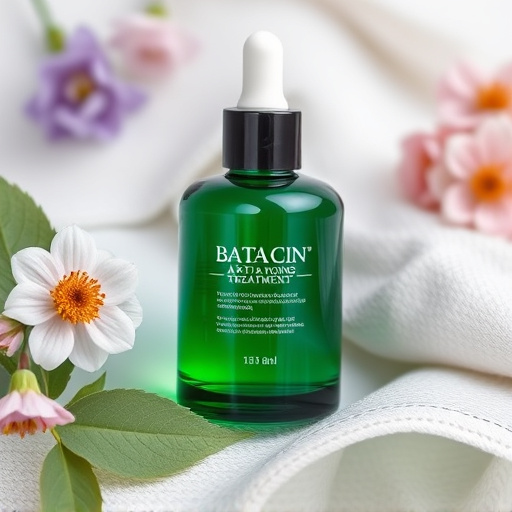
Dermatologist-recommended topical treatments play a pivotal role in effective acne scar treatment. These include retinoids, which are derived from vitamin A and help stimulate collagen production, reducing the appearance of scars over time. Alpha hydroxy acids (AHAs) like glycolic acid are also popular choices, as they exfoliate the skin, promoting cell turnover and enhancing the absorption of other treatments.
For those looking to go beyond over-the-counter options, professional skincare routines offer advanced solutions. Medical spas often provide specialized services such as chemical peels, microdermabrasion, and laser therapy, which can deeply cleanse the skin, target acne scars, and reduce their visibility. These anti-aging treatments not only address existing scars but also prevent future damage, ensuring a more youthful and radiant complexion.
Non-Invasive Procedures for Effective Scar Reduction

Many people struggling with acne scars often turn to non-invasive procedures for effective scar reduction. These advanced techniques offer a safer and more comfortable alternative to traditional surgical methods, allowing individuals to achieve smoother, more even skin tones. One such popular method is microneedling, where fine needles create tiny punctures in the skin, stimulating collagen production and improving overall texture. This process not only enhances skin elasticity but also promotes the growth of new, healthy skin cells, helping to fade acne scars over time.
Another less-invasive option is chemical peels, which use specific chemicals to exfoliate the upper layers of the skin, revealing smoother and brighter skin below. These treatments can be tailored to different skin types and severity levels of scarring. In combination with pore refinement techniques, such as extractions and gentle suction devices, and skin brightening therapies like vitamin C serums or laser treatments, non-invasive procedures provide a comprehensive approach to achieving clear, radiant skin.
Acne scars can be a source of frustration, but with the right approach, dermatologist-approved treatments offer effective solutions. By understanding scar formation and exploring both topical therapies and non-invasive procedures, individuals can achieve smoother, more even skin. These evidence-based methods provide hope for reducing acne scars, allowing you to bid farewell to blemishes and embrace clear, confident skin.
